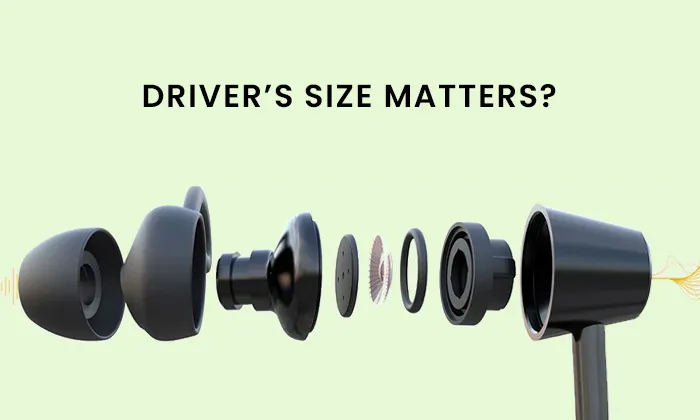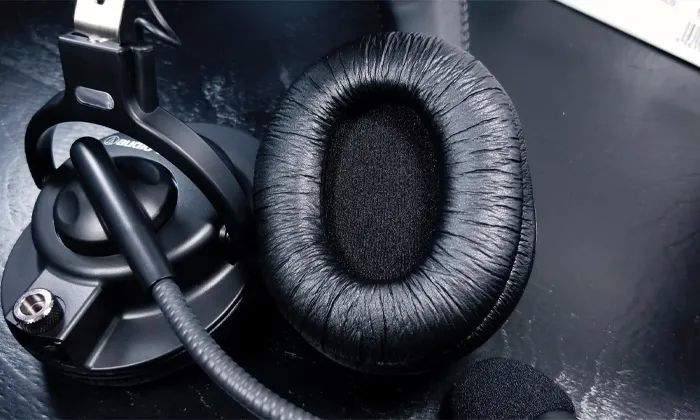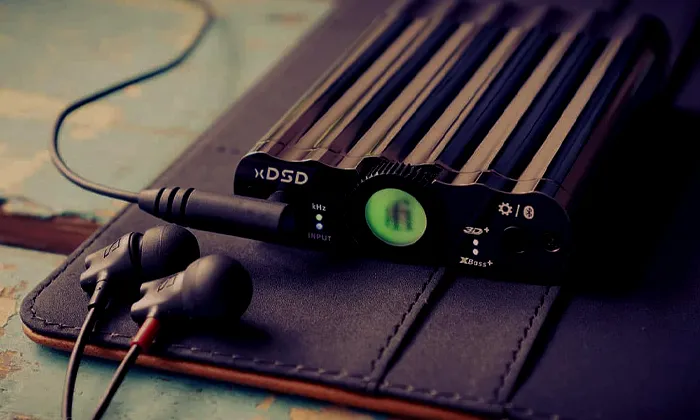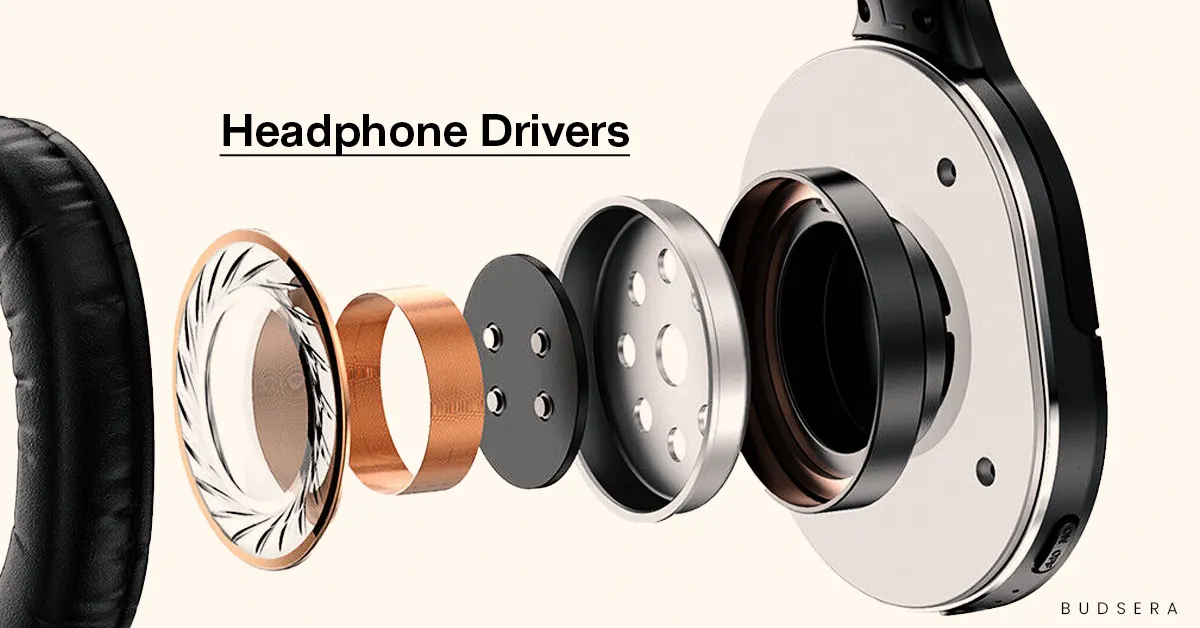Have you ever wondered why your headphones sound different when you plug them into different devices? Or why do some headphones sound better than others, even if they’re the same brand?
The answer could lie in the Audio Driver (the component responsible for converting electrical signals into sound waves).
As someone who loves to listen to music on the go, I’ve always been fascinated by the science behind headphone audio drivers.
In this blog post, we’ll explore the question that many audiophiles ask: does audio driver affect sound quality? Join me as we delve into the world of headphone drivers and find out the truth.
Does Audio Driver Affect Sound Quality?
Headphone audio drivers are the heart of your listening experience. They are responsible for producing the sound you hear and can have a significant impact on the overall sound quality.
But how exactly do these drivers work, and what makes them different from one another?
Understanding Headphones Audio Drivers?
To understand headphone audio drivers, it’s essential to know how sound waves are produced. When an electrical signal is sent to the driver, it creates a magnetic field that interacts with a diaphragm, causing it to vibrate and produce sound waves.
The size, shape, and materials of the diaphragm, as well as the magnet and voice coil, can all affect the sound quality produced by the driver.
The Importance Of Audio Drivers In Sound Quality
Audio drivers play a critical role in determining the sound quality of headphones. The driver is essentially the engine that powers the headphones, converting electrical signals from the audio source into sound waves that can be heard by the listener.
Different types of drivers can produce different sound signatures, and the materials and design of the driver can also impact sound quality.

Is Bigger Always Better?
When it comes to headphone drivers, bigger is not necessarily better. The size of a driver can certainly have an impact on its sound signature and overall performance, but it’s not the only factor to consider.
For example, planar magnetic drivers are often larger than dynamic drivers, but that doesn’t necessarily mean they’re better.
Planar magnetic drivers are known for their accuracy and detail, but they require more power to operate and can be more expensive to produce.
Similarly, some of the best headphones on the market use smaller balanced armature drivers, which are known for their clarity and detail in the mid and high frequencies.
While they may not produce the same level of bass as a larger dynamic driver, they can still deliver a rich, engaging sound.
Ultimately, the size of a headphone driver is just one of many factors that can impact its sound quality.
Other factors, such as the materials used, the design of the headphone housing, and even the earpads, can all play a role in how a headphone sounds.
Does Having Multiple Drivers Equate With Better Sound Quality?
Having multiple drivers in headphones doesn’t necessarily equate to better sound quality. While it may seem like having more drivers would result in better sound, there are other factors that come into play.
The type and quality of the drivers, as well as their arrangement and tuning, are more important factors in determining sound quality. In fact, some high-end headphones use only one driver and still produce exceptional sound quality.
Different Types of Headphone Drivers
When it comes to headphones, not all audio drivers are created equal. There are several different types of headphone drivers, each with its own strengths and weaknesses. Let’s take a closer look at some of the most common types.
| Driver Type | Pros | Cons |
|---|---|---|
| Dynamic (Moving Coil) | Good bass response | Can be heavy and bulky |
| Planar Magnetic | Accurate and detailed sound | Requires more power to operate |
| Balanced Armature | Clear and detailed sound in mid and high ranges | Limited bass response and soundstage |
| Electrostatic | Extremely accurate and detailed sound | Expensive and requires specialized equipment |
| Piezoelectric | Lightweight and efficient | Limited availability and sound quality issues |
| Bone Conduction | Can be used with hearing aids | Limited frequency response and sound quality |
Of course, these pros and cons can vary depending on the specific headphone model and brand. It’s important to consider a range of factors beyond just the driver type when shopping for headphones.
Dynamic (Moving Coil) Drivers
These are the most common type of headphone driver, found in everything from budget earbuds to high-end over-ear headphones. They work by using a voice coil and a magnet to move a diaphragm, which produces sound.
Dynamic drivers are known for their punchy bass and overall warm sound signature. However, they can struggle to produce detail in the mid and high frequencies.
Planar Magnetic Drivers
These drivers use a large, flat diaphragm that is sandwiched between magnets. As the diaphragm moves, it creates sound waves.
Planar magnetic drivers are known for their excellent detail and accuracy, making them a popular choice for audiophiles.
They can produce a wider frequency range than dynamic drivers, but they require more power to operate.
Balanced Armature Drivers
These drivers use a tiny armature that is suspended between two magnets. When an electrical signal is sent through the armature, it vibrates, producing sound.
Balanced armature drivers are known for their clarity and detail in the mid and high frequencies. They are often used in in-ear monitors and hearing aids because of their small size.
Electrostatic Drivers
Electrostatic drivers use a thin, charged diaphragm that is sandwiched between two stators. When an electrical signal is sent to the stators, they create an electrostatic field that causes the diaphragm to vibrate and produce sound.
Electrostatic drivers are known for their airy, detailed sound, but they require a specialized amplifier to power them. They are often found in high-end headphones and are favored by audiophiles.
Piezoelectric Drivers
These drivers use a piezoelectric material that expands and contracts when an electrical signal is sent through it, producing sound waves.
Piezoelectric drivers are known for their fast response times and excellent detail in high frequencies. They are often used in tweeters in high-end speakers.
Magnetostriction driver Drivers
These drivers work by vibrating against the bones in your skull, bypassing your eardrums entirely. They are often used in specialized headphones designed for people with hearing loss or for use in noisy environments.
While they don’t provide the same level of sound quality as traditional headphone drivers, they can be a useful alternative for certain applications.

Factors That Affect Audio Driver Performance
The performance of audio drivers in headphones can be affected by a range of factors beyond just the type and design of the driver itself. Here are a few key factors to consider:
- Type of interface
- Type of audio chip
- Power
- Compatibility
- Latency
- Audio Processing
- Frequency Response
Type of interface
The type of interface used to connect the headphones to the audio source can impact driver performance. For example, using a wired connection may provide a more stable and consistent audio signal than a wireless connection.
Type of audio chip
The audio chip in the audio source, such as a smartphone or computer, can also impact driver performance.
A high-quality audio chip can help deliver better sound quality, while a lower-quality chip may result in poorer sound quality.
Power
The power available to the driver can also impact its performance. A higher-powered driver may be able to produce a louder and more detailed sound than a lower-powered driver.
Compatibility
The compatibility of the headphones with the audio source can also impact driver performance. For example, using headphones with an impedance that doesn’t match the audio source may result in poor sound quality.
Latency
Latency, or the delay between the audio source and the headphones, can also impact driver performance. High latency can result in a lag between the audio and the video, making for a poor listening experience.
Audio Processing
The processing of the audio signal can also impact driver performance. Audio processing techniques such as EQ, compression, and other effects can alter the sound produced by the driver.
Frequency Response
Finally, the frequency response of the driver can impact its performance. A driver that is optimized for a specific frequency range, such as bass or treble, may perform better in those areas but may struggle in others.

Factors That Affect Sound Quality
When it comes to sound quality in headphones or earbuds, there are a range of factors that can have an impact.
Driver size
The size of the driver can impact the sound quality, with larger drivers generally able to produce a more detailed and powerful sound.
Audio codecs
The audio codecs used by the audio source and the headphones can also impact sound quality. Higher-quality codecs such as AAC and LDAC can deliver better sound quality than lower-quality codecs.
Sensitivity
The sensitivity of the headphones or earbuds can also impact sound quality. More sensitive headphones may be able to produce a louder and more detailed sound than less sensitive headphones.
Impedance
The impedance of the headphones can also impact sound quality. Headphones with a higher impedance may require more power to drive, but can also deliver better sound quality.
Noise and distortion
Noise and distortion in the audio signal can impact sound quality. Headphones with low levels of noise and distortion will generally produce a cleaner and more detailed sound.
Dynamic range
The dynamic range of the headphones, or the range between the loudest and quietest sounds they can produce, can impact sound quality. Headphones with a wider dynamic range may be able to produce a more immersive and lifelike sound.
Source quality
The quality of the audio source, such as the music player or streaming service, can also impact sound quality. High-quality sources will generally produce a better sound than low-quality sources.
Noise isolation
The level of noise isolation provided by the headphones can impact sound quality. Headphones with good noise isolation will prevent outside noise from interfering with the audio signal, resulting in a clearer and more detailed sound.
Cable quality
The quality of the cable connecting the headphones to the audio source can also impact sound quality. Higher-quality cables can deliver a cleaner and more detailed sound than lower-quality cables.
For a more in-depth look at how earbud size can impact sound quality, be sure to check out our post on the topic. Click here to Access it!

Does DAC Affect Sound Quality?
In addition to headphone audio drivers, another factor that can impact sound quality is the Digital-to-Analog Converter (DAC).
A DAC is a device that converts digital audio signals into analog signals that can be played through speakers or headphones.
While it may seem like a small component, the quality of the DAC can have a significant impact on the sound quality of your audio setup.
Some key factors that can affect the performance of a DAC include resolution, signal-to-noise ratio, frequency response, jitter, and design and construction.
Choosing a high-quality DAC can help to optimize the sound quality of your audio setup, while a lower-quality DAC may result in compromised audio quality.
How Using DAC Can Improve Sound Quality
By using a DAC, you can enjoy an enhanced listening experience with greater depth and detail than what would be possible through regular analog connections. You can achieve improved dynamic range, bass response, and reduced distortion levels for a better sound experience
A good DAC has a range of features that can help improve sound quality. For example, different levels of upsampling can enhance the resolution and clarity of the sound.
Higher bit rates provide better detail and resolution, while lower rates may result in compression artifacts.
The type of filter used also affects sound quality, as it determines how much noise is filtered out before being outputted.
Conclusion
Sound quality can be affected by a range of factors, including the type of driver, audio codecs, sensitivity, impedance, noise and distortion, dynamic range, source quality, noise isolation, and more.
By understanding these factors and how they can impact sound quality, you can make more informed decisions when selecting audio equipment and settings. Additionally, using tools such as DACs and audio interfaces can further improve sound quality by providing better resolution, filtering out noise, and enhancing the overall listening experience.
- Charging Bluetooth Headphones During Use: Is It Possible? - January 9, 2024
- Why Over-Ear Headphones Best for Hearing Health? (7 Reasons) - December 12, 2023
- Fixing the Bose Earbuds Not Charging in Case Problem: Solutions That Work - November 24, 2023

